Introduction: In this article, Gena Philibert-Ortega writes about a phenomenon that was popular with our ancestors: newspaper-sponsored cooking schools. Gena is a genealogist and author of the book “From the Family Kitchen.”
Where do you get recipe ideas? Do you watch television cooking shows? Have you read popular cookbooks or perused cooking magazines? How did your mother, grandmother, or great-grandmother learn new recipes?
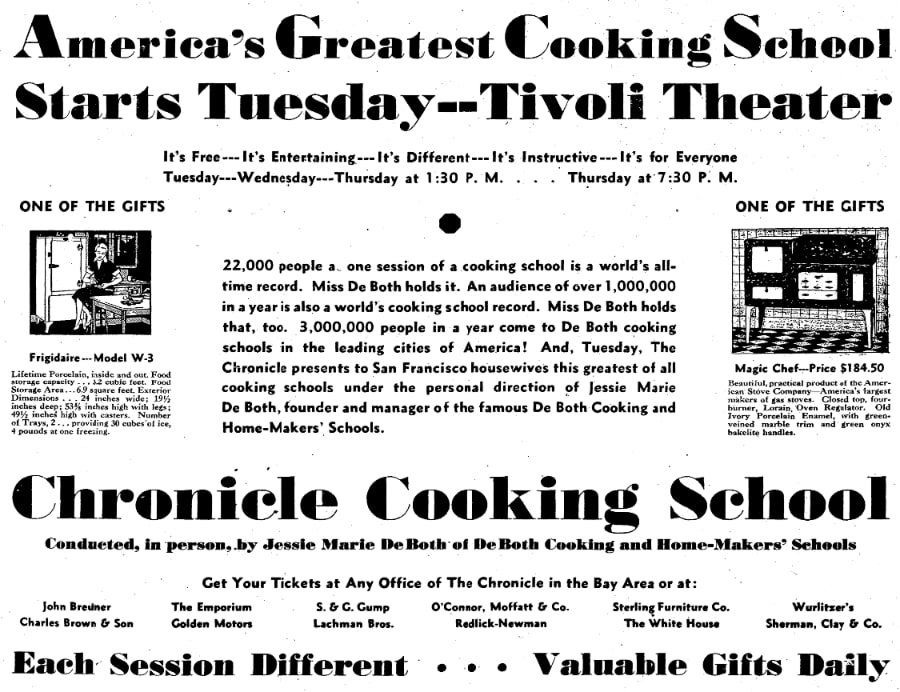
One way women could gather together, learn cooking tips and recipes, and win prizes was through a local cooking school. These cooking schools were multi-day events sponsored by local newspapers. Events lasted from 1-4 days and showcased recipe ideas – and also provided housewives a look at appliances, groceries, and other items they may want to buy (or win).
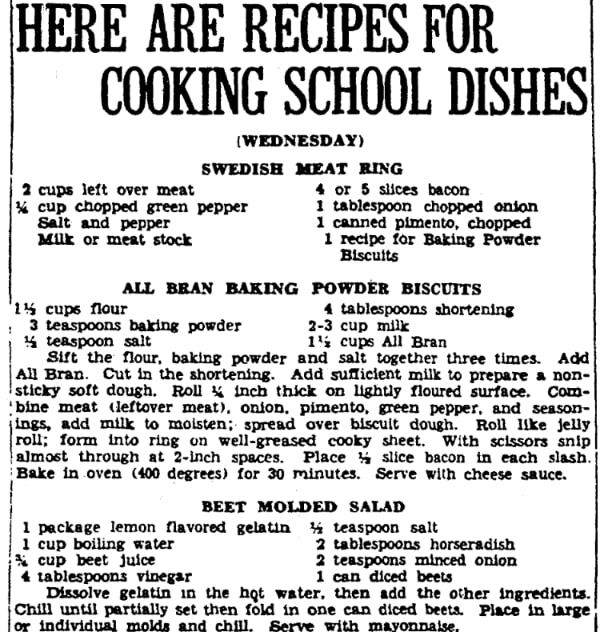
Why Newspaper Cooking Schools?
In one word: money. Newspapers read in their industry journals that cooking schools boosted circulation and increased revenue from advertisements. A look at the advertisements that ran prior to and after the school event make it apparent that it was a moneymaker for the newspaper. Oftentimes they ran cooking school events throughout the year to benefit from the increased revenue.
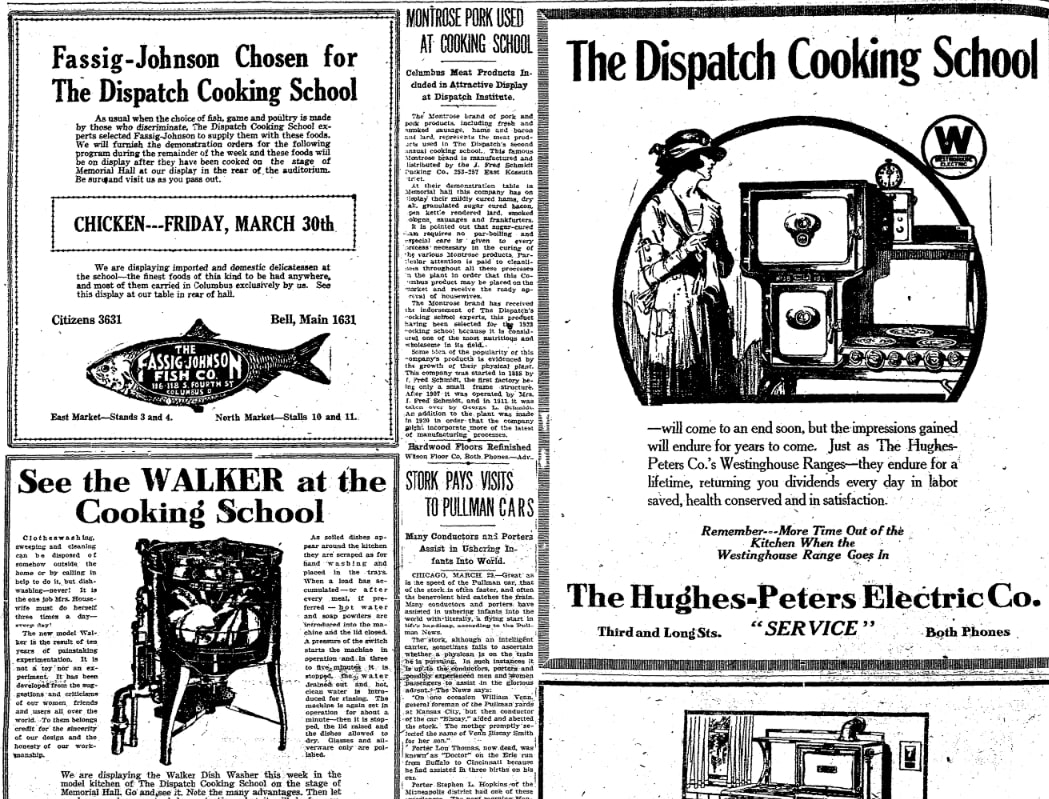
The Department of Journalism at Ohio State University reported that a 1923 cooking school hosted by the Columbus Dispatch over four days brought in somewhere between 18,000 and 20,000 participants total.* Tickets for the cooking show were free and distributed at places like grocery stores. There’s no doubt that the Dispatch made this event a priority judging from the space they provided to promote the cooking school. Consider this page from the March 26th issue.
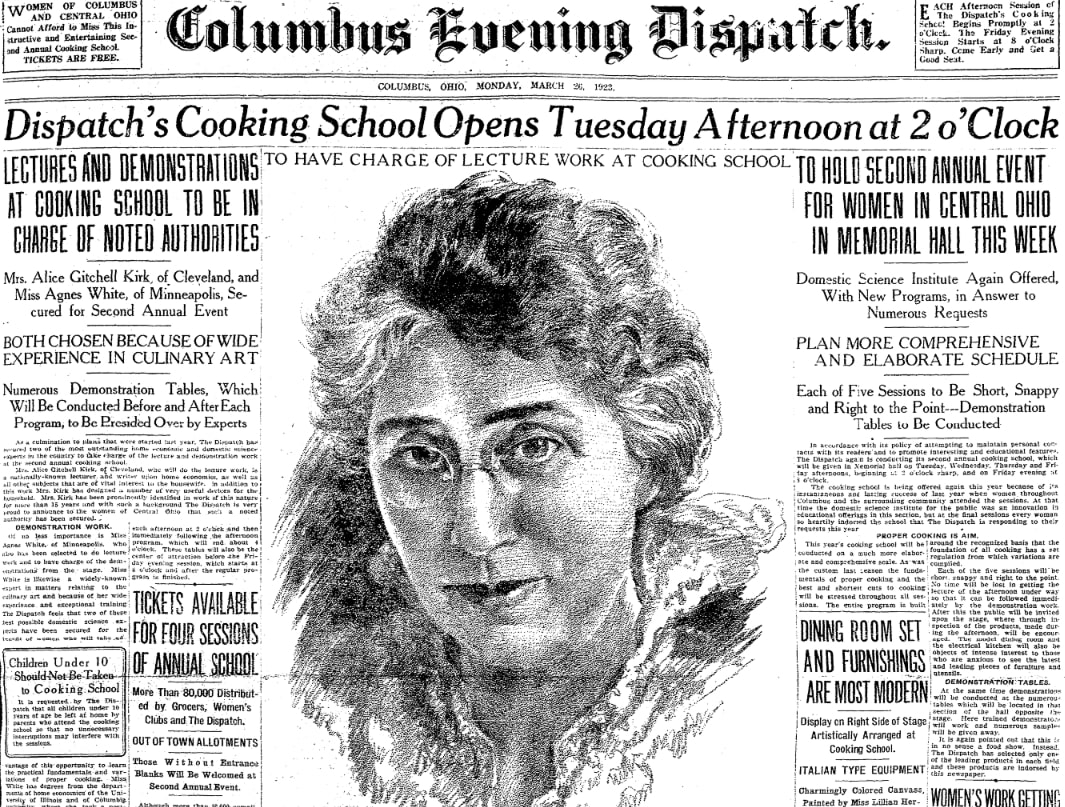
What Did the Cooking School Offer?
A newspaper offering a cooking school would spend days prior, during, and after the event marketing that school with interviews, articles, recipes, and advertisements. Advertisements for local businesses with personal endorsements from the cooking school instructor encouraged readers to shop where the instructor shopped or buy products she endorsed. These cooking schools not only were a moneymaker for the newspaper, but they also added a boost to the local economy.

The actual “school” sessions gave the housewife the opportunity to learn recipes, participate in activities, and maybe even take home a prize (everything from food to appliances). Recipes were printed in the newspaper, but attendees could also acquire a program for the school event with recipes included.

Numerous home economists and cooking instructors made the rounds to teach at cooking schools nationally and there were a few that became “famous.” These instructors wrote recipe booklets and cookbooks to take advantage of their school recipes and lessons. Looking at historical newspapers it’s obvious that these women were treated as rock stars. For newspapers, these women weren’t just valued for their cooking ability but also the impact their name and image had on the buying habits of readers.
The End of an Era
Cooking schools were important events in the beginning of the 20th century. So, what happened to newspaper cooking schools? Why did they disappear? In my opinion, one reason for their demise was World War II. This interrupted the newspaper cooking school programming as American women, including cooking school instructors, turned their attention to the war effort.
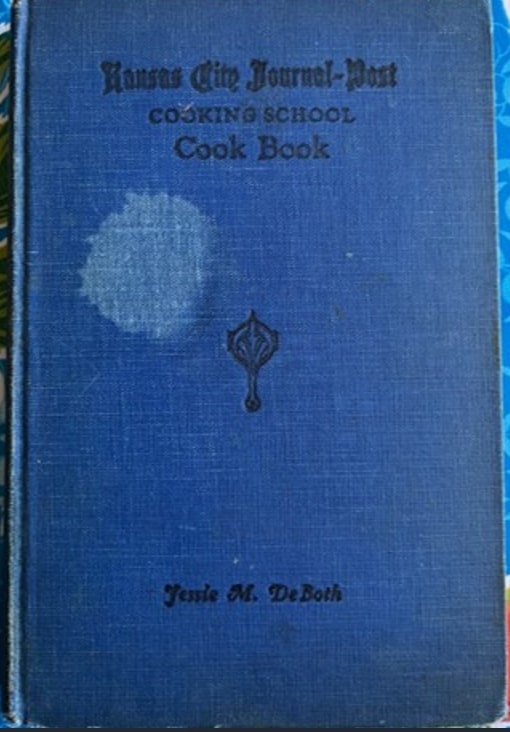
After the war, the advent and popularity of television cooking programs most likely made attending a live cooking school less appealing. The year 1946 saw the beginning of the television food era with Philip Harben’s Cookery in the UK and James Beard’s I Love to Eat in the U.S. Learning about recipes and cooking was now available to women through television programs. This made access easier and more convenient.
Even so, there were still instances of live cooking demonstrations. These were held at local department stores, and utility companies had home economists on staff who assisted housewives to best use their electric or gas ranges and ovens.
It’s also possible that the marketing needs that the cooking school met were no longer a necessity. Newspapers found other ways to market their newspaper.
Did the women in your family attend a newspaper cooking school? Do you have any home sources that document that event? Was your female ancestor an instructor? I’d love to hear about it in the comments below.
Explore over 330 years of newspapers and historical records in GenealogyBank. Discover your family story! Start a 7-Day Free Trial
Note on the header image: mixing bowl and cooking utensils.
* “Swelling ‘Ad’ Sales with a Cooking School.” The Ohio Newspaper. Available on Google Books: https://www.google.com/books/edition/The_Ohio_Newspaper/SBKErZolGUcC?hl=en&gbpv=1&dq=swelling%20ad%20sales%20with%20a%20cooking%20school&pg=RA7-PA9&printsec=frontcover
